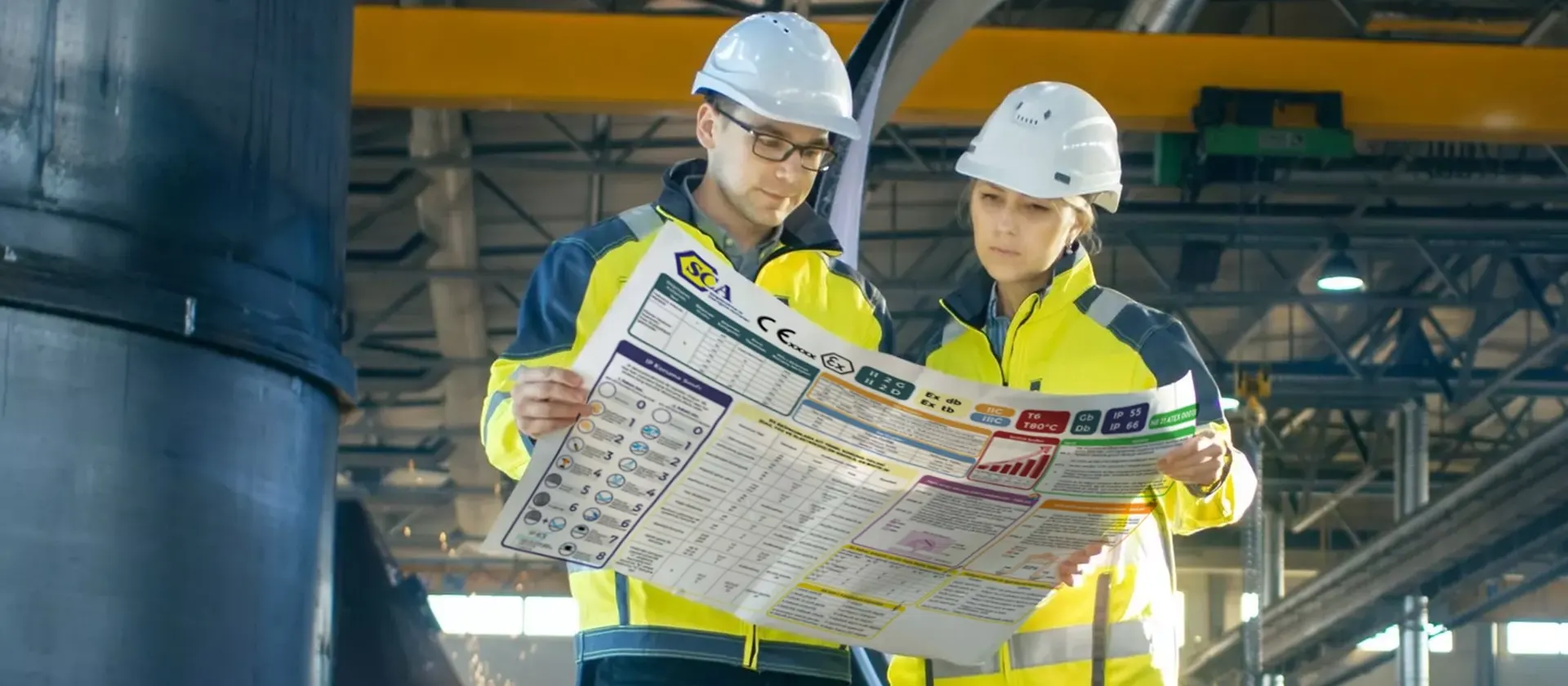ISO 9934 Magnetic Particle Testing for Certification
The ISO 9934 standard pertains to the magnetic particle testing method used for inspecting ferromagnetic materials. This non-destructive testing (NDT) technique is widely employed in various sectors including aerospace, automotive, and manufacturing industries. It helps identify surface and subsurface discontinuities by applying a magnetic field to the material under inspection. The presence of defects causes an interruption in the magnetic flux, leading to visible indications on the surface of the part.
During this process, ferromagnetic particles are applied to the test piece’s surface, which may be wet or dry depending on the application. When a crack or flaw is present, it distorts the magnetic field and attracts the particles, forming an indication that can be visually inspected by a trained technician. This method ensures high reliability in detecting small cracks, pores, and other imperfections invisible to visual inspection.
The testing procedure adheres strictly to ISO 9934 guidelines, which specify the necessary pre-treatment steps such as cleaning, degaussing, and drying of the test piece. Specimen preparation involves ensuring that the surface is free from contaminants like oil or grease that could interfere with the magnetic flux. The test specimen must also be thoroughly inspected for any existing flaws before applying the magnetic field.
The equipment used in this process includes a magnetizing unit, which supplies the magnetic field, and an indicator medium dispenser to apply the particles. A key aspect of the testing is the interpretation of results by qualified personnel who are trained according to specific standards like ISO 17702 or ANSI/ASME codes.
The importance of this method cannot be overstated in ensuring product safety and reliability. For example, aerospace components subjected to severe stress require thorough inspection to prevent potential failures that could lead to catastrophic incidents. In the automotive sector, compliance with these standards ensures that parts meet stringent quality requirements, enhancing consumer trust.
Another critical application area is in manufacturing where adherence to ISO 9934 helps maintain consistent product quality across batches and production runs. This non-destructive nature of the test allows for repeated inspections without affecting the integrity or performance of the material.
- Enhanced Quality Control: Identifies surface defects that could compromise structural integrity.
- Informed Decision Making: Provides data-driven insights aiding in process improvements and compliance verification.
- Increased Efficiency: Streamlines inspection processes leading to reduced downtime and increased productivity.
With the growing demand for quality assurance, ISO 9934 Magnetic Particle Testing serves as a cornerstone for ensuring that materials meet stringent international standards. By incorporating this testing into your manufacturing or procurement processes, you can significantly enhance product reliability and customer satisfaction.
Applied Standards
The ISO 9934 standard is integral to the Magnetic Particle Testing (MT) process for ferromagnetic materials. This internationally recognized guideline ensures that the testing method is performed consistently across different industries, leading to reliable and reproducible results.
ISO 9934:1985 specifies the procedures for wet and dry magnetic particle testing of ferromagnetic materials. It covers all aspects from pre-treatment through post-inspection evaluation, including:
- Preparation of the test piece
- Magnetizing techniques
- Type of magnetizing current used
- Incorporation of inspection procedures
- Evaluation and recording of results
The standard emphasizes the importance of operator training, environmental controls, and proper calibration of equipment to ensure accurate testing. Compliance with these standards is crucial for maintaining product integrity in sectors where reliability is paramount.
Additionally, ISO 9934 is often complemented by other international standards such as:
- ISO 17702: Quality management systems – Guidelines for application of magnetic particle testing
- ASTM E1444: Standard practice for the use of magnetic particle inspection to detect surface and near-surface flaws in ferromagnetic materials
- EN 45018: Requirements for quality management systems
These standards collectively provide a robust framework for implementing effective Magnetic Particle Testing, ensuring that organizations meet not only regulatory requirements but also exceed industry expectations.
Eurolab Advantages
At Eurolab, we provide ISO 9934 Magnetic Particle Testing services that go beyond compliance with international standards. Our expertise and state-of-the-art facilities ensure accurate and reliable results every time.
- Precision: Equipped with advanced magnetizing units and high-quality magnetic powders tailored to specific materials.
- Experience: Skilled technicians who are certified according to ISO 17702, ensuring consistent and accurate inspections.
- Comprehensive Reporting: Detailed reports that not only document the findings but also provide recommendations for corrective actions where necessary.
- Durability Assurance: Ensures that critical components meet stringent quality standards, enhancing product longevity and reliability.
We pride ourselves on delivering services that exceed industry expectations. By partnering with Eurolab, you gain access to a team of experts committed to maintaining the highest level of quality in your manufacturing processes.





